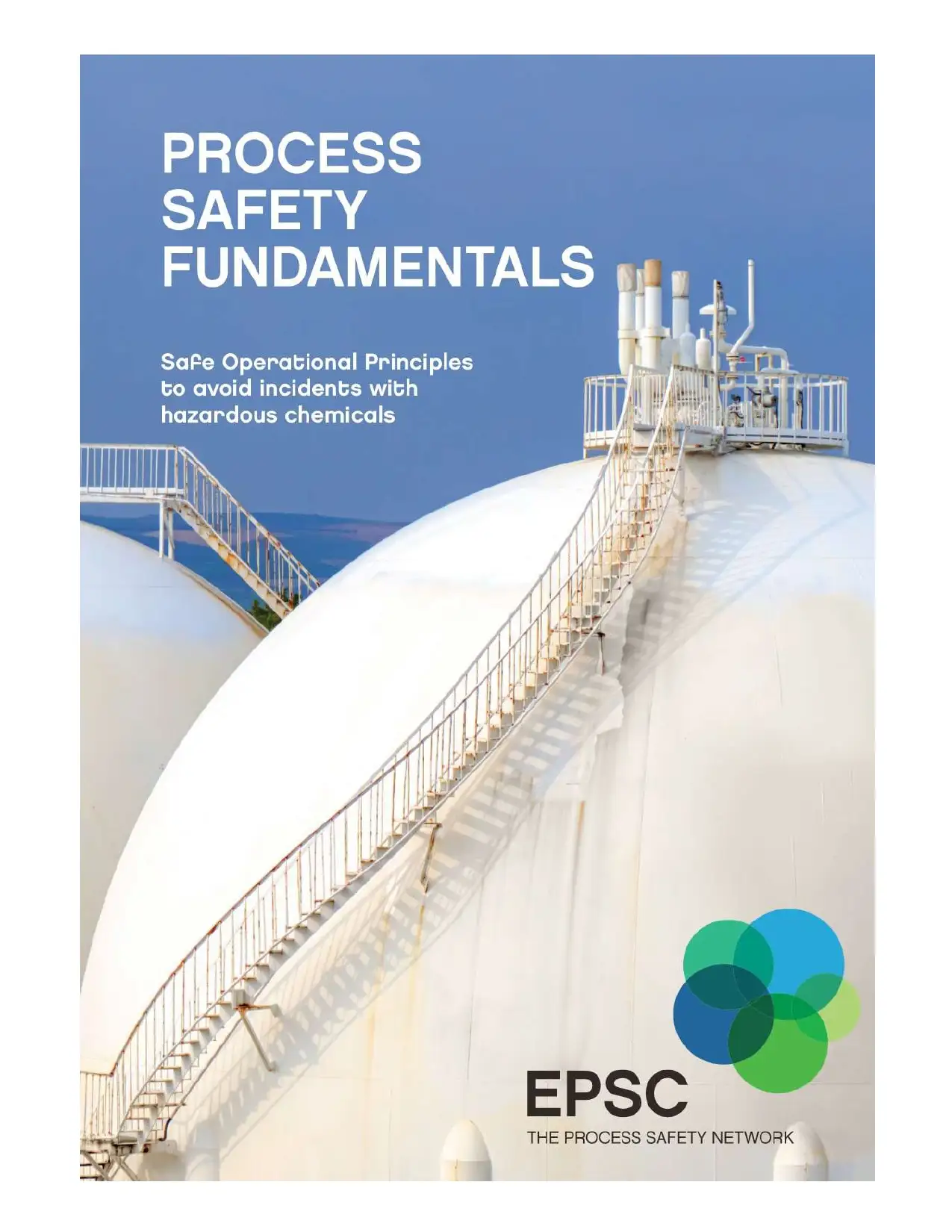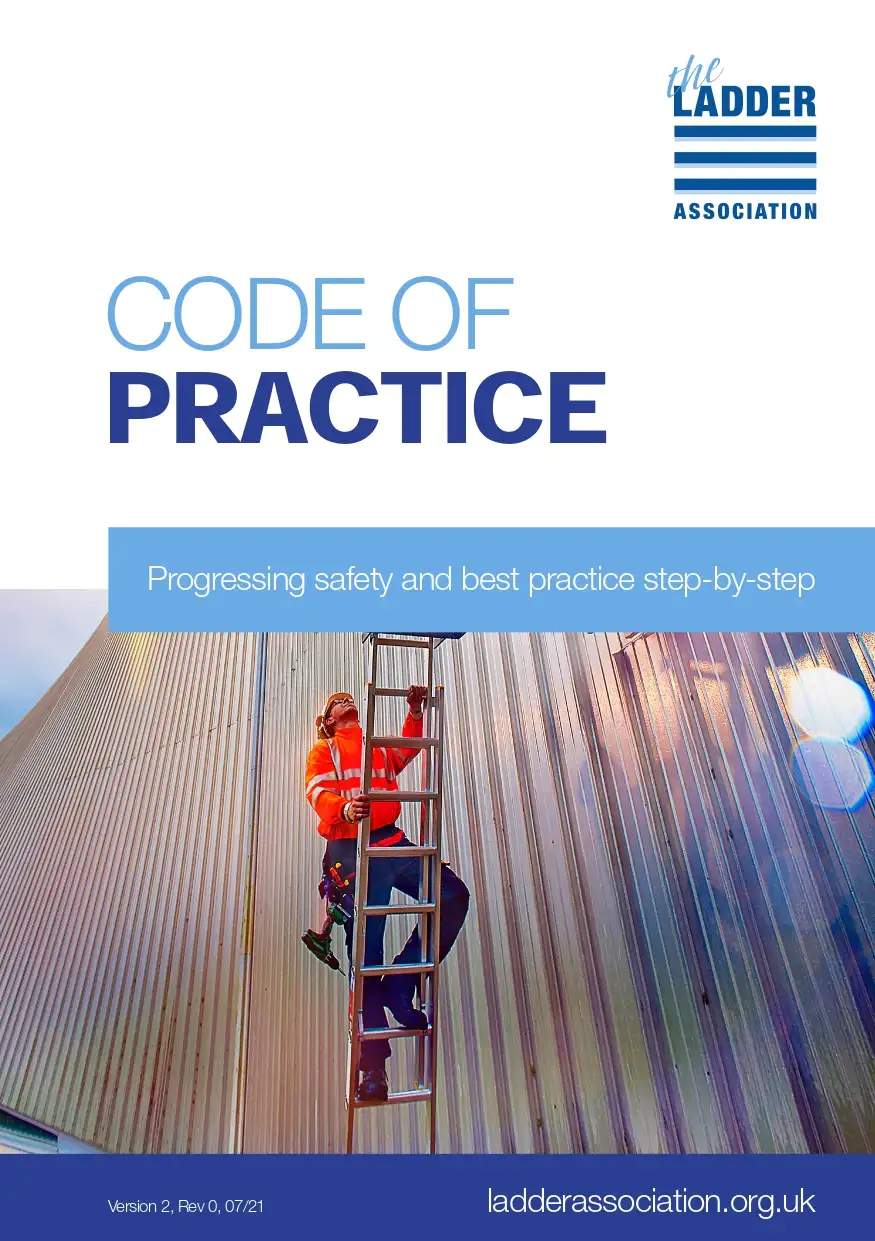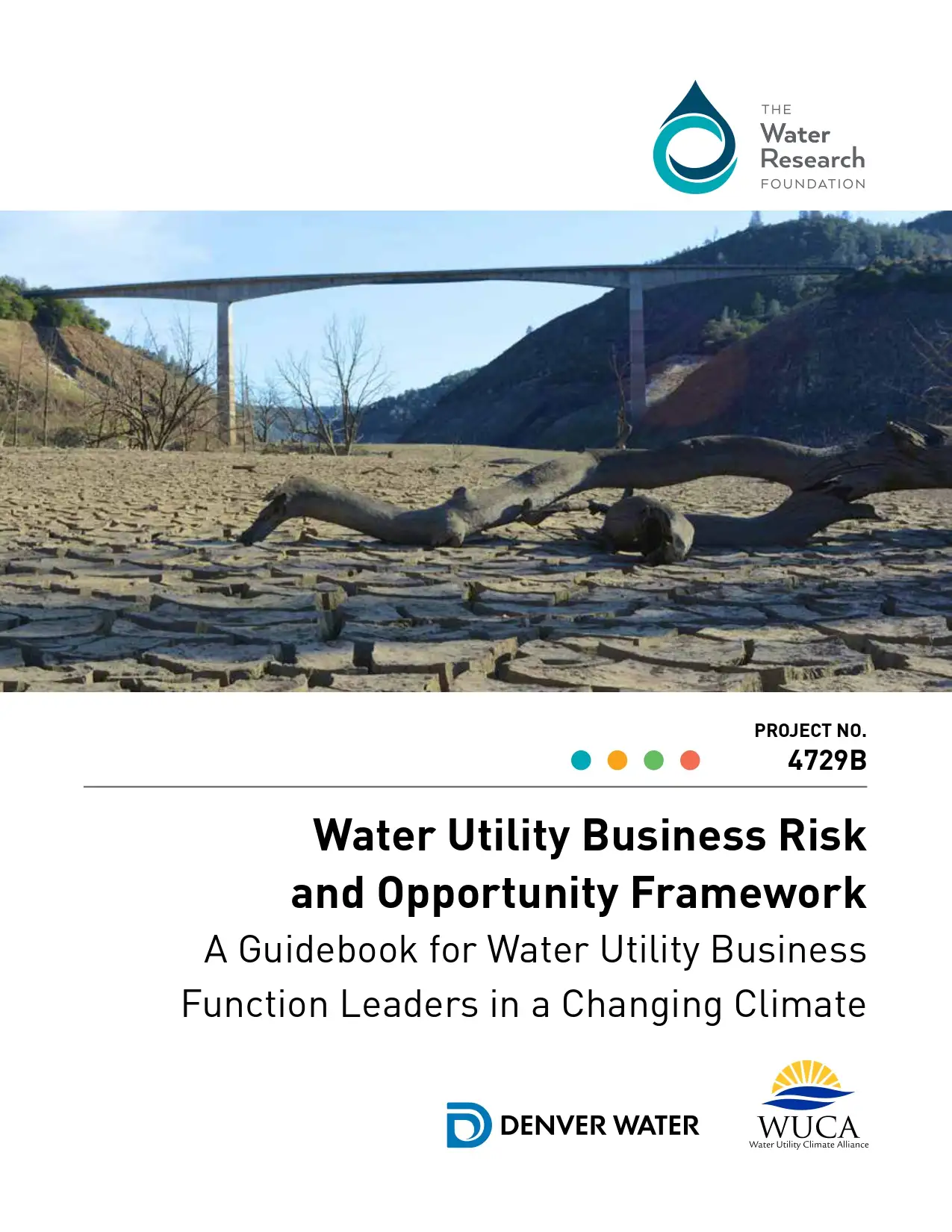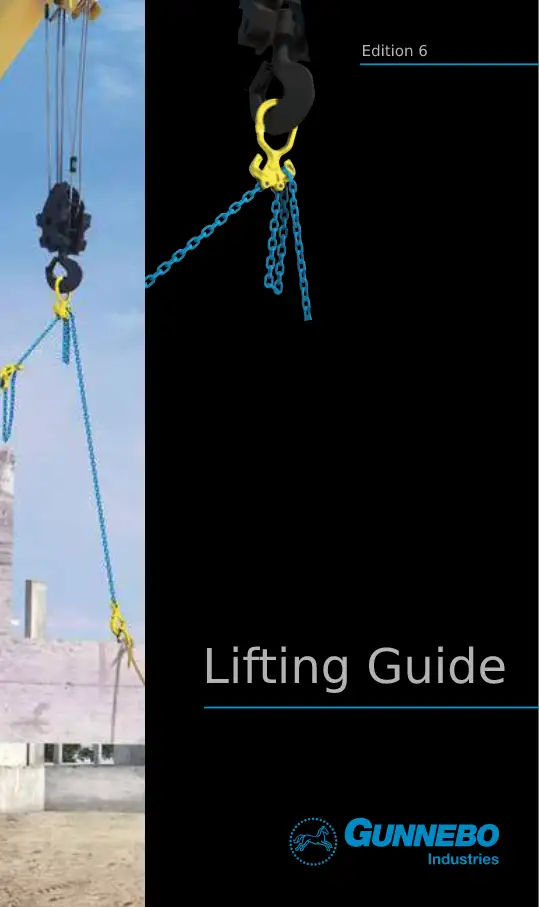Progressing Safety And Best Practice Step By Step
Introduction
Ladders are an everyday tool in homes and workplaces across the world, allowing millions of people to work at height quickly and easily. They’re versatile and vital pieces of equipment, that can be used
for a whole range of jobs. But too many people still fall from ladders. The consequences of these falls can be life-changing, for both the victim and their loved ones. The Ladder Association wants everyone who climbs a ladder to come back down safely. To achieve this, we believe the entire ladder industry must work in collaboration. That’s why the Association was formed in 1947; it’s the place where ladder manufacturers, suppliers, and training providers meet. Separately, these businesses innovate and compete. But when it comes to advancing user safety, they work together. Our members have made a clear commitment to put safety at the heart of everything they do:
• Ladder Association Manufacturers only make ladders that comply with EN 131 (or international equivalents) and are certified by a third-party Conformity Assessment Body;
• Ladder Association Suppliers only sell or hire ladders that are certified to EN 131 (or international equivalents);
• Ladder Association Training Providers use approved centers to deliver approved training courses, using approved instructors. We also work closely with the Health & Safety Executive, the Office for Product Safety and Standards, the British Standards Institution and other National Standards Bodies, RoSPA, and similar safety-minded organizations to combine insights, experience, and knowledge. It means that when our campaigns, training courses, and documents like this Code of Practice are put together, there’s as much expertise in the room as possible. And remember, we’re all there in support of you, the ladder user. This edition of the Ladder Association Code of Practice takes account of the latest guidance and product standards at the time of issue and supersedes all previous editions. It’s designed to keep you, and those around you, safe.
Progressing Safety And Best Practice Step By Step
Introduction
Ladders are an everyday tool in homes and workplaces across the world, allowing millions of people to work at height quickly and easily. They’re versatile and vital pieces of equipment, that can be used
for a whole range of jobs. But too many people still fall from ladders. The consequences of these falls can be life-changing, for both the victim and their loved ones. The Ladder Association wants everyone who climbs a ladder to come back down safely. To achieve this, we believe the entire ladder industry must work in collaboration. That’s why the Association was formed in 1947; it’s the place where ladder manufacturers, suppliers, and training providers meet. Separately, these businesses innovate and compete. But when it comes to advancing user safety, they work together. Our members have made a clear commitment to put safety at the heart of everything they do:
• Ladder Association Manufacturers only make ladders that comply with EN 131 (or international equivalents) and are certified by a third-party Conformity Assessment Body;
• Ladder Association Suppliers only sell or hire ladders that are certified to EN 131 (or international equivalents);
• Ladder Association Training Providers use approved centers to deliver approved training courses, using approved instructors. We also work closely with the Health & Safety Executive, the Office for Product Safety and Standards, the British Standards Institution and other National Standards Bodies, RoSPA, and similar safety-minded organizations to combine insights, experience, and knowledge. It means that when our campaigns, training courses, and documents like this Code of Practice are put together, there’s as much expertise in the room as possible. And remember, we’re all there in support of you, the ladder user. This edition of the Ladder Association Code of Practice takes account of the latest guidance and product standards at the time of issue and supersedes all previous editions. It’s designed to keep you, and those around you, safe.
Water Safety Plan Manual
Introduction
The most effective means of consistently ensuring the safety of a drinking-water supply is through the use of a comprehensive risk assessment and risk management approach that encompasses all steps in water supply from catchment to consumer. In these Guidelines, such approaches are called water safety plans (WSPs)”.
Water Safety Plan Manual
Introduction
The most effective means of consistently ensuring the safety of a drinking-water supply is through the use of a comprehensive risk assessment and risk management approach that encompasses all steps in water supply from catchment to consumer. In these Guidelines, such approaches are called water safety plans (WSPs)”.
Lifting Guide
Introduction : This manual is your pocket guide to the use of lifting equipment. It covers equipment made of synthetic fibre, steel wire rope and chain with associated master links, hooks and couplings. It consists of four colour-coded sections which can be read individually when required:
-Lifting Equipment in General -Choosing Lifting Equipment -When Lifting -Maintenance
Gunnebo Lifting does not, however, in any way claim that this manual covers all kinds of lifting equipment or all lifting situations.
Lifting Guide
Introduction : This manual is your pocket guide to the use of lifting equipment. It covers equipment made of synthetic fibre, steel wire rope and chain with associated master links, hooks and couplings. It consists of four colour-coded sections which can be read individually when required:
-Lifting Equipment in General -Choosing Lifting Equipment -When Lifting -Maintenance
Gunnebo Lifting does not, however, in any way claim that this manual covers all kinds of lifting equipment or all lifting situations.










